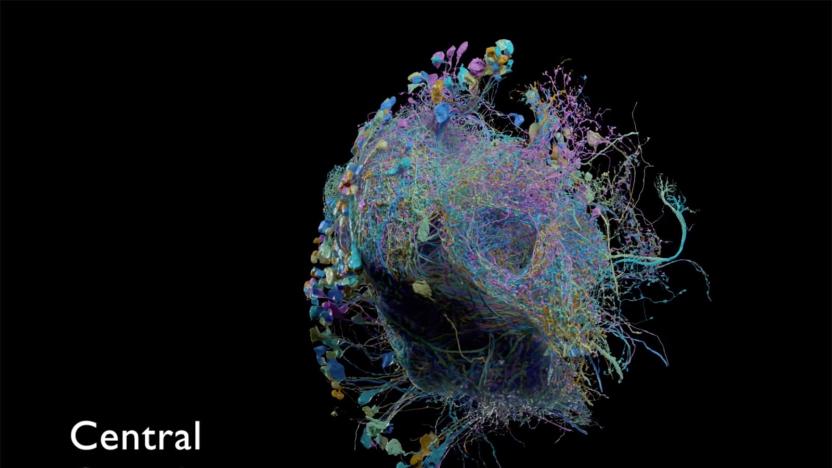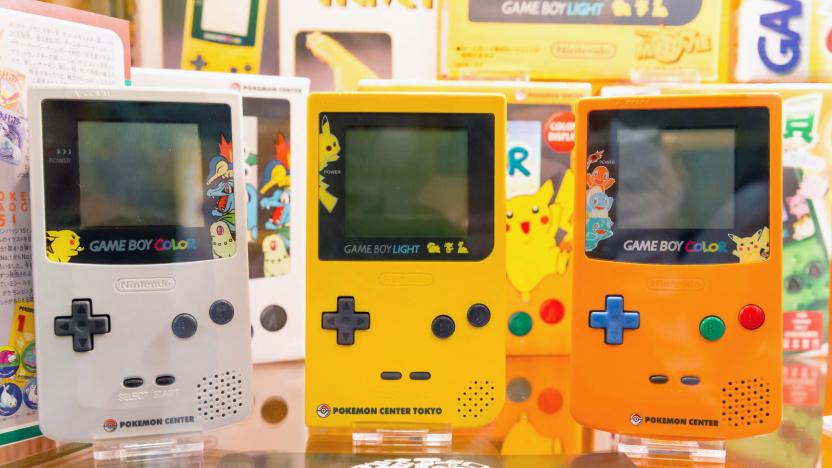brain mapping
Latest

Google helps publish the largest high-res map of brain connectivity
A joint effort between Google and the Janelia Research Campus has just achieved a significant breakthrough in brain mapping. They've published the largest high-resolution map of brain connectivity to date, offering a 3D model of 25,000 fruit fly neurons across a diverse range of cell types and multiple brain regions. The team achieved the feat by cutting sections of the fly's brain into ultra-thin (20-micron) slices, imaging those pieces with electron streams from a scanning electron microscope and stitching them back together. The result is a sophisticated map with so few disruptions that it's practical to trace neurons through the brain.

Playing ‘Pokémon’ as a kid may have rewired your brain
If you played Pokémon video games extensively as a kid, there's a good chance that a specific region of your brain gets fired up when you see the characters now. In a recent study, researchers from Stanford University showed test subjects hundreds of Pokémon characters. As you might expect, the brains of longtime Pokémon fans responded more than those unfamiliar with the game. But what's more surprising is that, in all of the fans, a specific brain fold responded, an area just behind the ears, called the occipitotemporal sulcus.

Allen Institute completes gene expression map of the human brain in high-resolution 3D
As a species, we've spent a lot of time learning how the human brain works, but we've had to go without a true, thorough map of how genes manifest themselves in our craniums; previous maps have been limited to the simpler minds of mice. The Allen Institute for Brain Science is now known to have solved that mystery by recently finishing an extensive, detailed 3D atlas of genetic expression within our own brain tissue. Accomplishing the feat required no small amount of resources, including the definition of 900 subdivisions, conducting over 62,000 gene expression probes and producing the MRI scans of two and a half brains, but the result is a potentially vital tool for neuroscience and education. Curious web users can see a visual map of gene expression based on virtually any criteria they need, whether it's a physical region of the brain, a disease type or the exact gene they'd like to track down. For many, the best news about the map may simply be that it's free and public: anyone with enough experience in genetics can learn more about what makes the mind tick through their browsers, and what they find might just lead to new discoveries.

